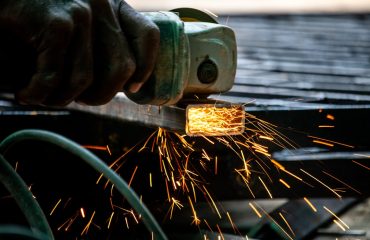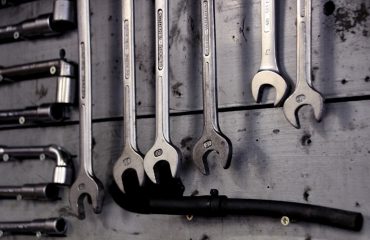body { font-family: sans-serif; line-height: 1.6; }
h1, h2, h3 { color: #333; }
code { background-color: #f0f0f0; padding: 2px 4px; border-radius: 4px; }
Heat treatment is a crucial process in metallurgy, significantly impacting the mechanical properties of metals and alloys. By carefully controlling temperature and time, we can manipulate the microstructure, leading to desired changes in strength, toughness, ductility, and other critical characteristics. This post delves into the fascinating world of how heat treatment alters these properties, providing a comprehensive understanding for engineers and material scientists.
1. The Influence of Heat Treatment on Hardness
Hardness, a measure of a material’s resistance to indentation or scratching, is profoundly affected by heat treatment. Processes like quenching and tempering directly manipulate the microstructure, leading to substantial hardness variations. For instance, quenching steel from austenite (high-temperature phase) to martensite (a hard, brittle phase) dramatically increases its hardness. This is due to the formation of a fine, needle-like martensite structure that hinders dislocation movement, the mechanism responsible for plastic deformation. Tempering, a subsequent lower-temperature heat treatment, reduces brittleness while retaining a significant portion of the hardness achieved during quenching. The degree of hardness achieved depends on factors such as the alloy composition, quenching medium (oil, water, brine), and tempering temperature.
2. Tensile Strength and its Modification Through Heat Treatment
Tensile strength, the maximum stress a material can withstand before failure under tension, is intimately linked to its microstructure. Heat treatment modifies the microstructure, thus directly affecting tensile strength. Quenching, as discussed earlier, can significantly increase tensile strength by creating a hard martensitic structure. However, this often comes at the cost of ductility. Annealing, on the other hand, a heat treatment process involving heating followed by slow cooling, reduces tensile strength but enhances ductility by promoting the formation of a softer, more uniform microstructure. The optimal heat treatment for maximizing tensile strength often involves a balance between strength and other desired properties.
3. Ductility and the Role of Heat Treatment
Ductility, the ability of a material to deform plastically before fracture, is inversely related to hardness in many cases. Heat treatments that increase hardness generally reduce ductility, and vice-versa. Annealing, for example, increases ductility by promoting grain growth and stress relief. This makes the material more formable and less prone to brittle fracture. Conversely, quenching can drastically reduce ductility, making the material more susceptible to cracking under stress. Understanding this trade-off between strength and ductility is crucial in selecting the appropriate heat treatment for a given application.
4. Toughness: The Balance of Strength and Ductility
Toughness, a measure of a material’s ability to absorb energy before fracture, represents a balance between strength and ductility. A tough material can withstand both high stresses and significant plastic deformation. Heat treatment plays a critical role in optimizing toughness. While quenching increases strength, it often reduces ductility, potentially compromising toughness. Tempering, following quenching, is essential for improving toughness by reducing internal stresses and slightly reducing hardness, thereby improving ductility. The specific tempering temperature significantly impacts the final toughness, requiring careful control for optimal results.
5. Fatigue Resistance and its Enhancement Through Heat Treatment
Fatigue resistance, the ability of a material to withstand repeated cyclic loading, is another crucial mechanical property influenced by heat treatment. Microstructural features such as grain size, precipitate distribution, and the presence of residual stresses significantly affect fatigue life. Heat treatments that refine the grain size and reduce residual stresses generally improve fatigue resistance. Shot peening, a cold work process often used in conjunction with heat treatment, introduces compressive residual stresses on the surface, significantly enhancing fatigue life. Careful selection of heat treatment parameters is crucial for optimizing fatigue performance in components subjected to cyclic loading.
In conclusion, heat treatment offers a powerful tool for tailoring the mechanical properties of materials to meet specific application requirements. Understanding the intricate relationship between heat treatment processes and the resulting microstructural changes is essential for engineers and material scientists to design and manufacture high-performance components.
SEO-Friendly Tags:
- Heat Treatment
- Mechanical Properties
- Material Science
- Metallurgy
- Hardness Testing




